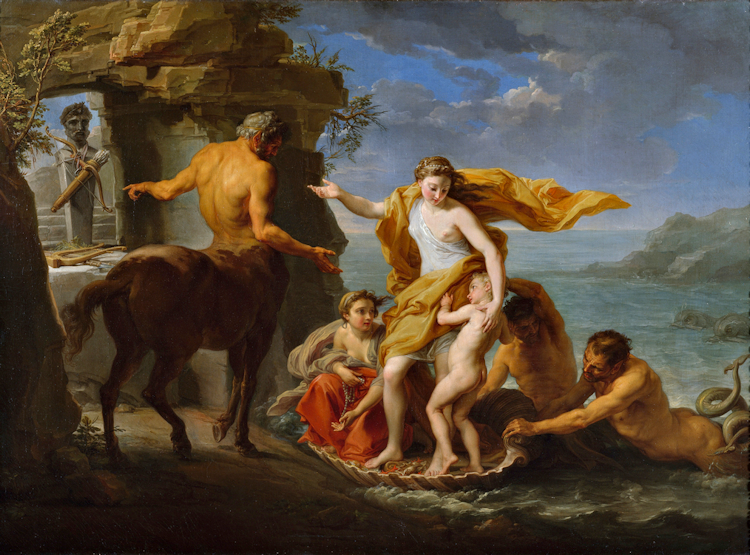I found this group of images somewhere on the internet; I've long since forgotten where. Their clothing is datable to the 1850s and, possibly, the 1860s, so if they are indeed individuals attached to the family of the duc d'Aumale, it seems that these photographs would have to have been taken in England, as that is where the family had resided since the overthrow of the duc's father, Louis-Philippe, in 1848. When I found them, the images were attributed to Pierre-Louis Pierson. But I can't find any reference to the French photographer working in England during this period. And by the mid-1850s he was busy taking the portraits of members of the succeeding régime in France, that of Napoléon III, and had embarked on his forty year collaboration with the infamous comtesse de Castiglione.
Though I'm not at all convinced of the information that labeled the images of these otherwise unidentified figures, I think these photographs are very interesting - both for the sharp-focus, detailed illustration of the fashion of the day, and for the precise and particular characterization of their subjects - and certainly still worth sharing... whoever the people are, whoever it was who took their portraits.

































































